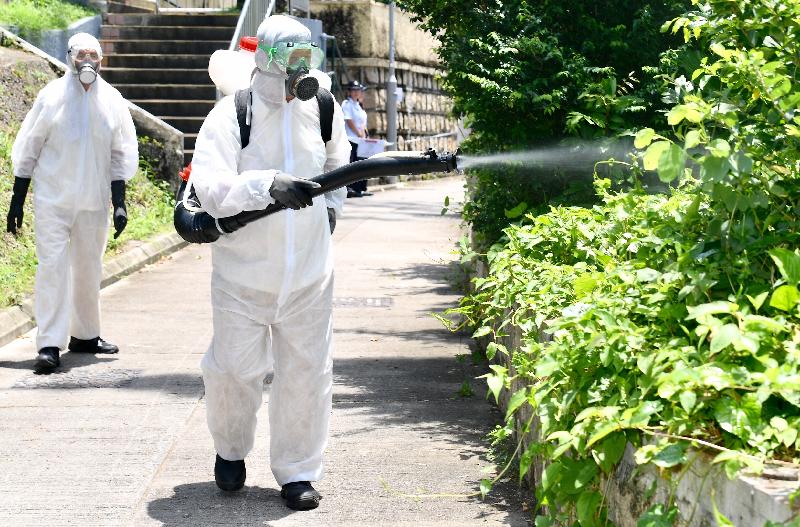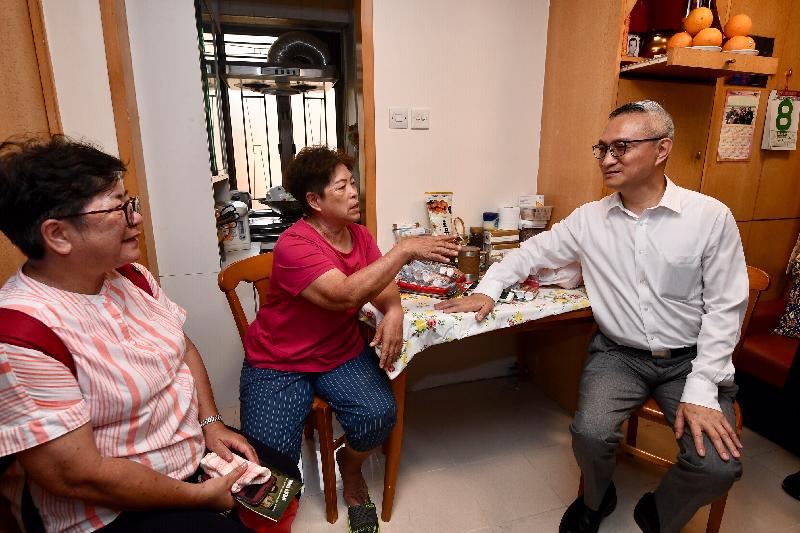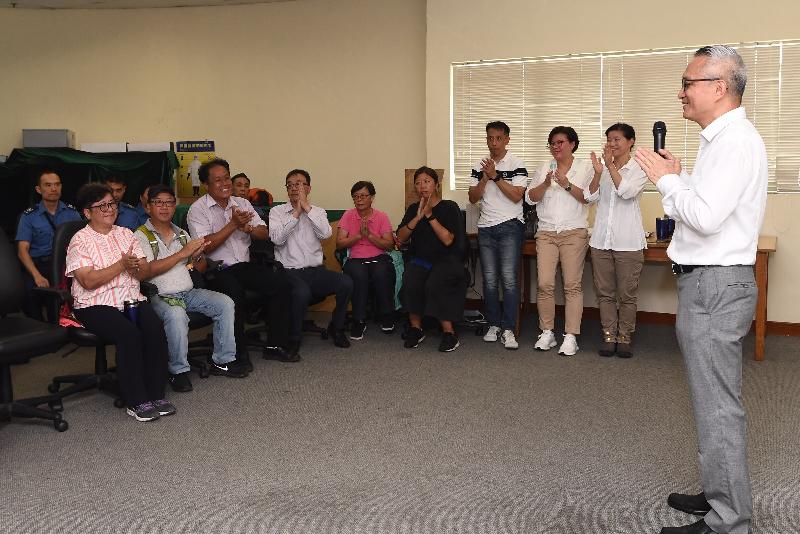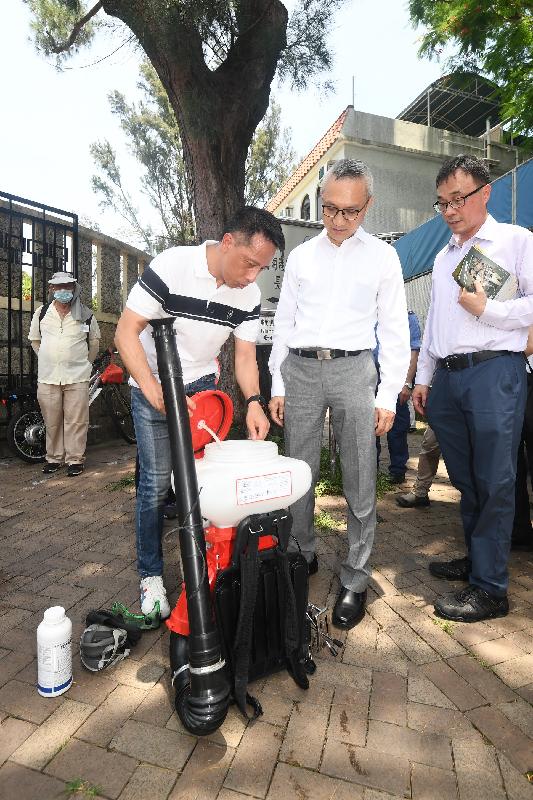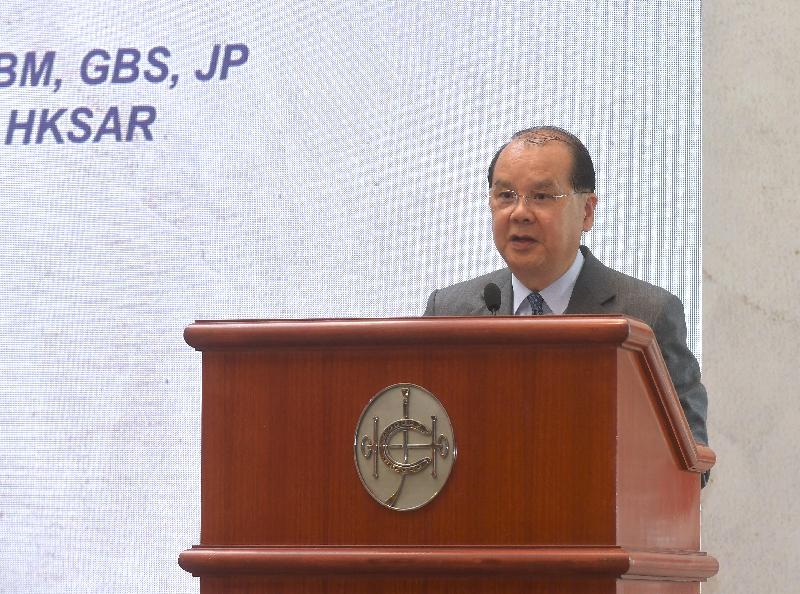HAD to open temporary night heat shelters
The Home Affairs Department will open 19 temporary night heat shelters tonight (June 8) for people in need of the service.
The shelters will be open from 10.30pm until 8am tomorrow.
For further information, please call the department's hotline before midnight on 2835 1473.
The 19 night heat shelters are located at:
Hong Kong Districts:
———————
Central and Western –
Sai Ying Pun Community Complex Community Hall
3/F, Sai Ying Pun Community Complex
2 High Street, Sai Ying Pun
Eastern –
Causeway Bay Community Centre
3/F, 7 Fook Yum Road, Causeway Bay
Southern –
Lei Tung Community Hall
Lei Tung Estate, Ap Lei Chau
Wan Chai –
Wan Chai Activities Centre
LG/F, Wan Chai Market, 258 Queen's Road East, Wan Chai
Kowloon Districts:
——————
Kowloon City –
Hung Hom Community Hall
1/F, Kowloon City Government Offices
42 Bailey Street, Hung Hom
Kwun Tong –
Lam Tin (West) Estate Community Centre
71 Kai Tin Road, Lam Tin
Sham Shui Po –
Shek Kip Mei Community Hall
G/F, Block 42, Shek Kip Mei Estate
Sham Shui Po
Wong Tai Sin –
Tsz Wan Shan (South) Estate Community Centre
45 Wan Wah Street, Tsz Wan Shan
Yau Tsim Mong –
Henry G. Leong Yaumatei Community Centre
60 Public Square Street, Yau Ma Tei
New Territories Districts:
————————–
Islands –
Tung Chung Community Hall
G/F, Tung Chung Municipal Services Building,
39 Man Tung Road, Tung Chung
Kwai Tsing –
Kwai Shing Community Hall
Podium, Block 6, Kwai Shing West Estate, Kwai Chung
North –
Cheung Wah Community Hall
Cheung Wah Estate, Fanling
Sai Kung –
Hang Hau Community Hall
G/F, Sai Kung Tseung Kwan O Government Complex,
38 Pui Shing Road, Hang Hau, Tseung Kwan O
Sha Tin –
Lung Hang Estate Community Centre
Lung Hang Estate, Sha Tin
Tai Po –
Tai Po Community Centre
2 Heung Sze Wui Street, Tai Po
Tsuen Wan –
Lei Muk Shue Community Hall
G/F, Hong Shue House, Lei Muk Shue Estate, Tsuen Wan
Tuen Mun –
Butterfly Bay Community Centre
Butterfly Estate (near Tip Sum House), Tuen Mun
Yuen Long –
Long Ping Community Hall
Long Ping Estate, Yuen Long
Yuen Long –
Tin Yiu Community Centre
Tin Yiu Estate, Tin Shui Wai


